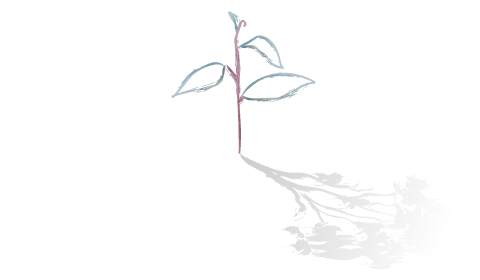Healthy habitats for bees
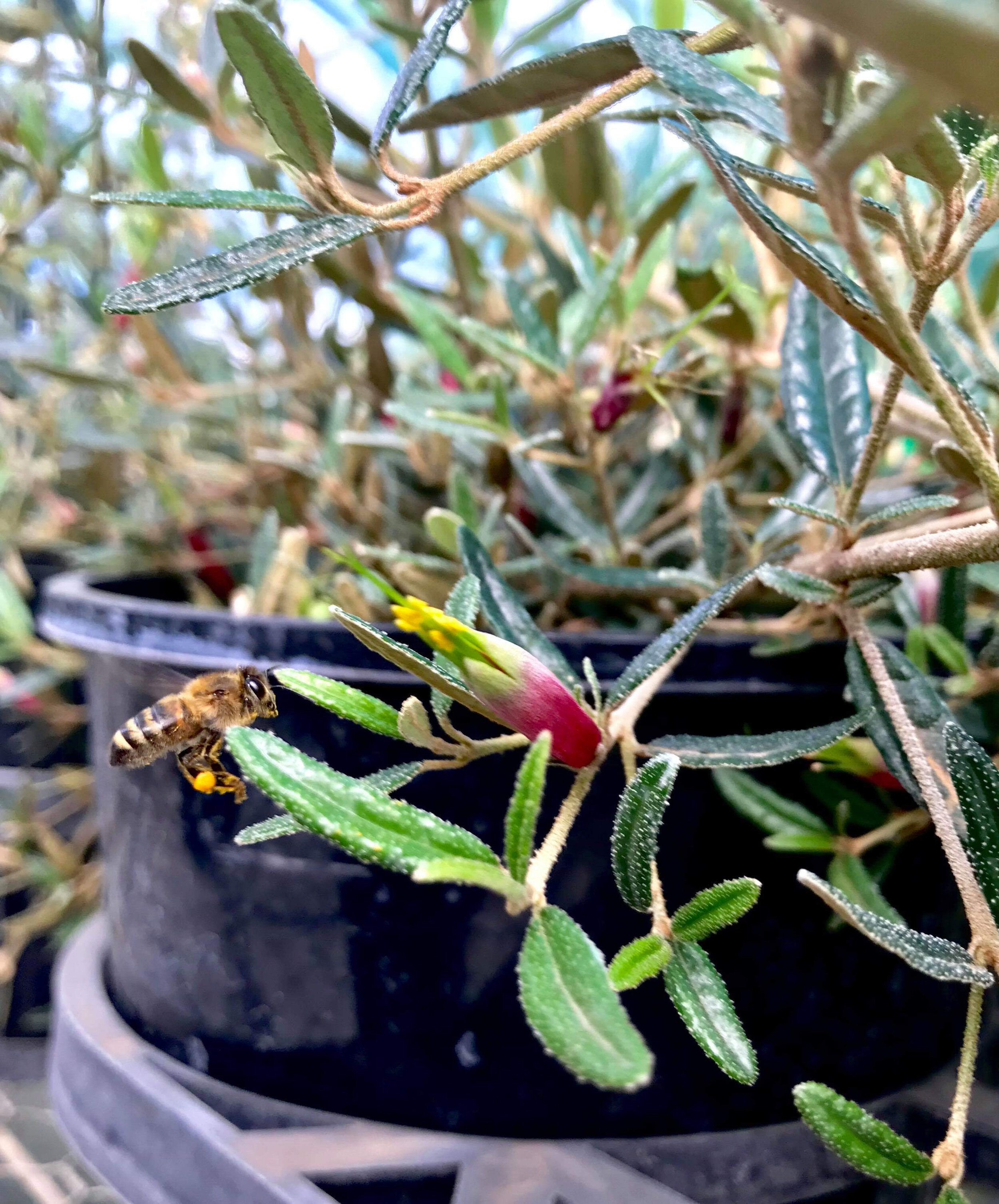
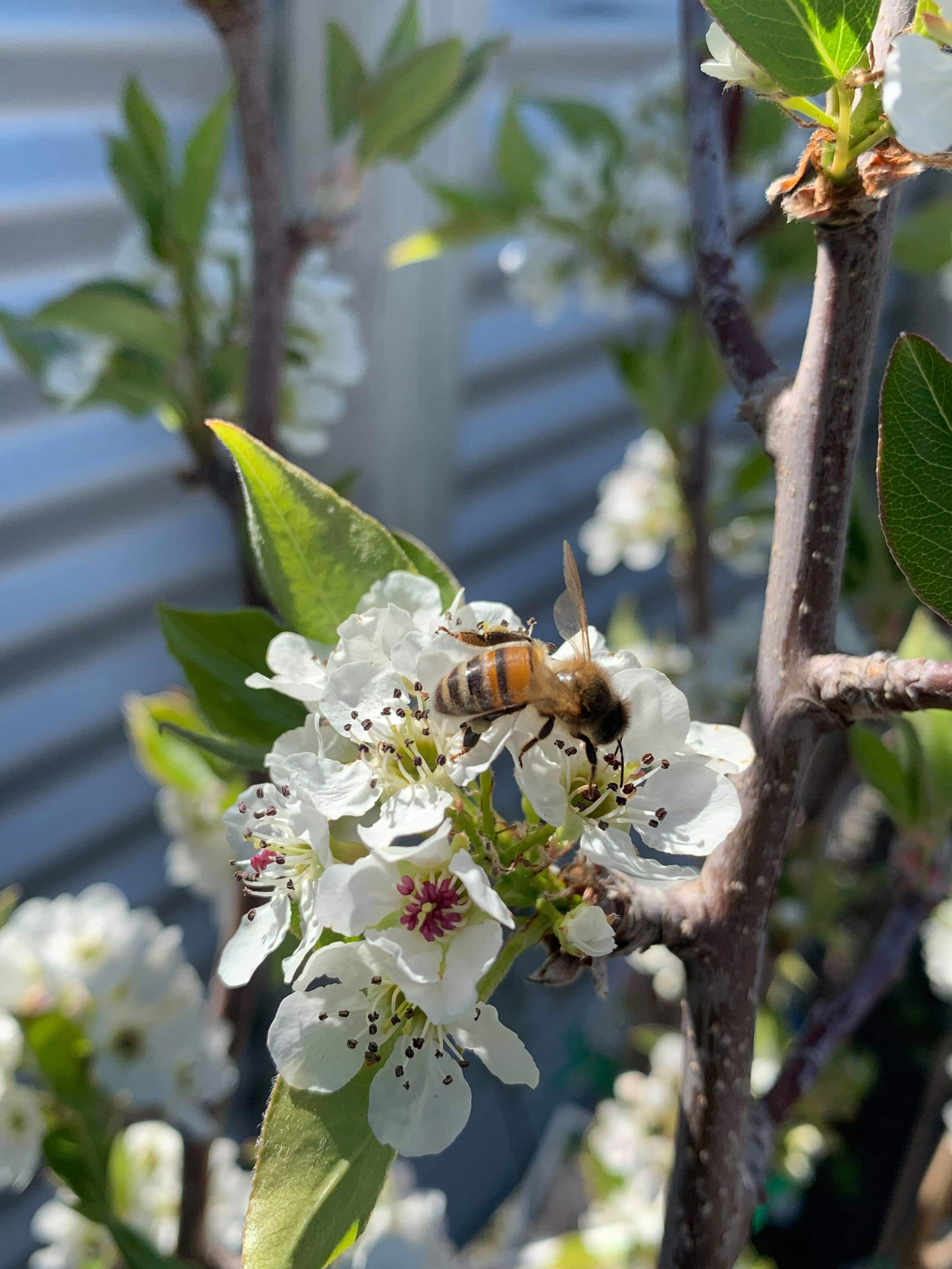
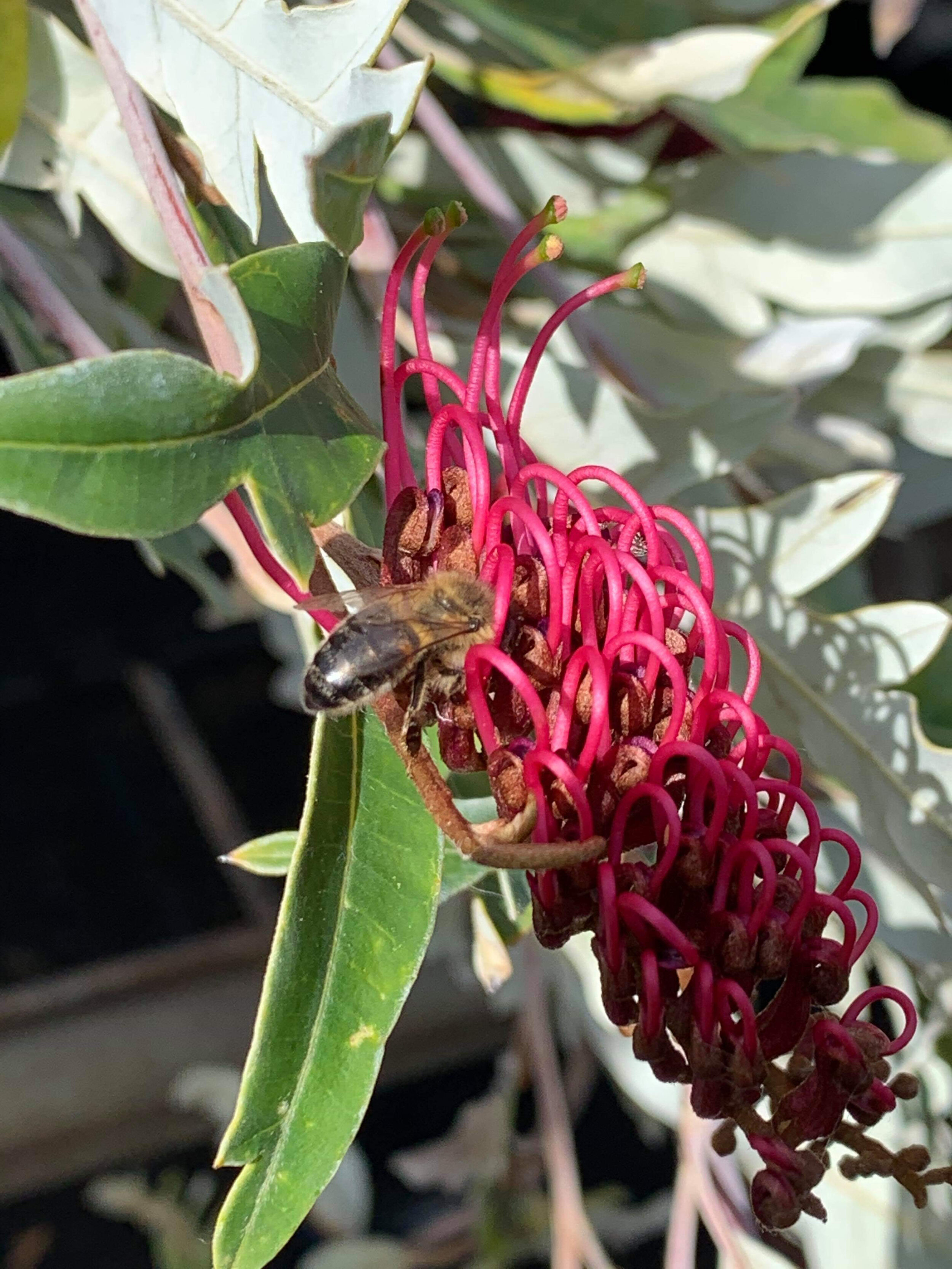
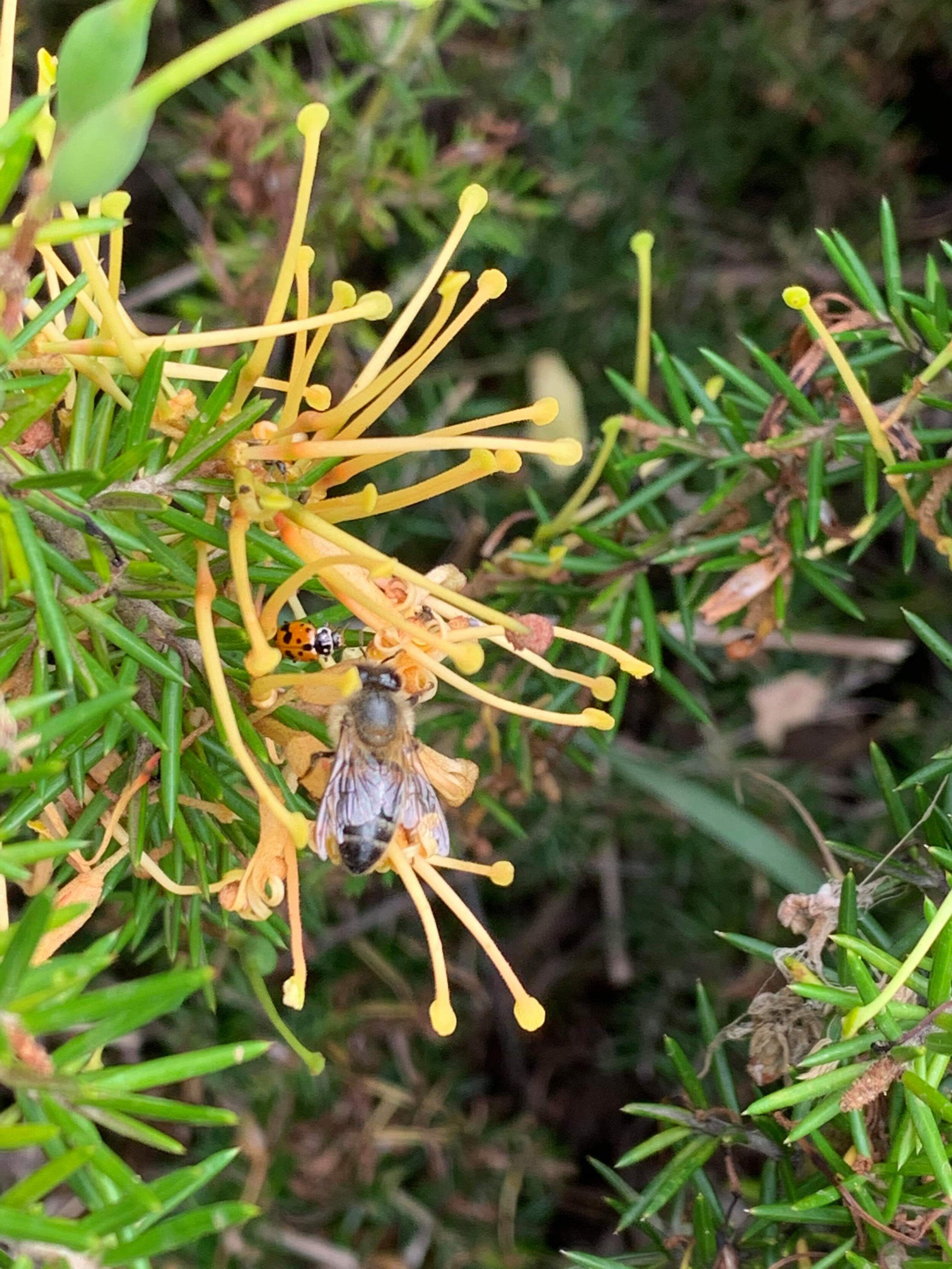
Increasing both native bees and honey bees into your garden will increase yields in vegetable and fruit production as a result of better pollination. Planting bee attracting plants into farm plots and revegetation sites is fundamental as well, as most flowering plants require pollinators such as bees to reproduce. To help bees do what they do best we need to provide protein packed pollen and nourishing nectar producing plants.
Providing local native species for bees is a win-win as many native bees have developed special features to access nectar and pollen from endemic plants.
The best plants to plant for bees
Acacias (wattles) have a high pollen content and flower in the spring.
Eucalypts are prolific flower producers, highly attractive to bees and flower in summer.
Grevilleas produce large amounts of nectar and flower in nearly all year round (except summer).
Native bees will flock to the cup-shaped flowers of Leptospermums (tea trees), which flower across spring and summer.
Westringea (native rosemary) are attractive to blue banded bees (which in turn are handy pollinators for tomatoes, chilli, capsicum and other nightshade plants). They also flower most of the year.
Native daisies (brachyscome, olearias) have shallow flowers which make their nectar and pollen readily available for bees (they flower in spring and summer).
The nectar of callistemons (bottlebrush) flowers is attractive to bees and nectar feeding birds, and flower in summer.
The summer flowering hardenbergia is good for ground nesting bees.
What bees like:
a varied diet so include a variety of bee-attracting flowering plants;
access to a continuous supply of pollen and nectar producing plants so include plants which flower at different times throughout the year; and
plantings that are in clumps or layer from the ground up;
Some dos and don'ts:
Don’t use pesticides
Do use local native plants
Do use a range of colours (bees have good colour vision and this helps them find nectar and pollen)
Do plant in clumps
Do include flowers of different shapes (open cups are good for easy access, shorter floral tubes are good for honey bees)
